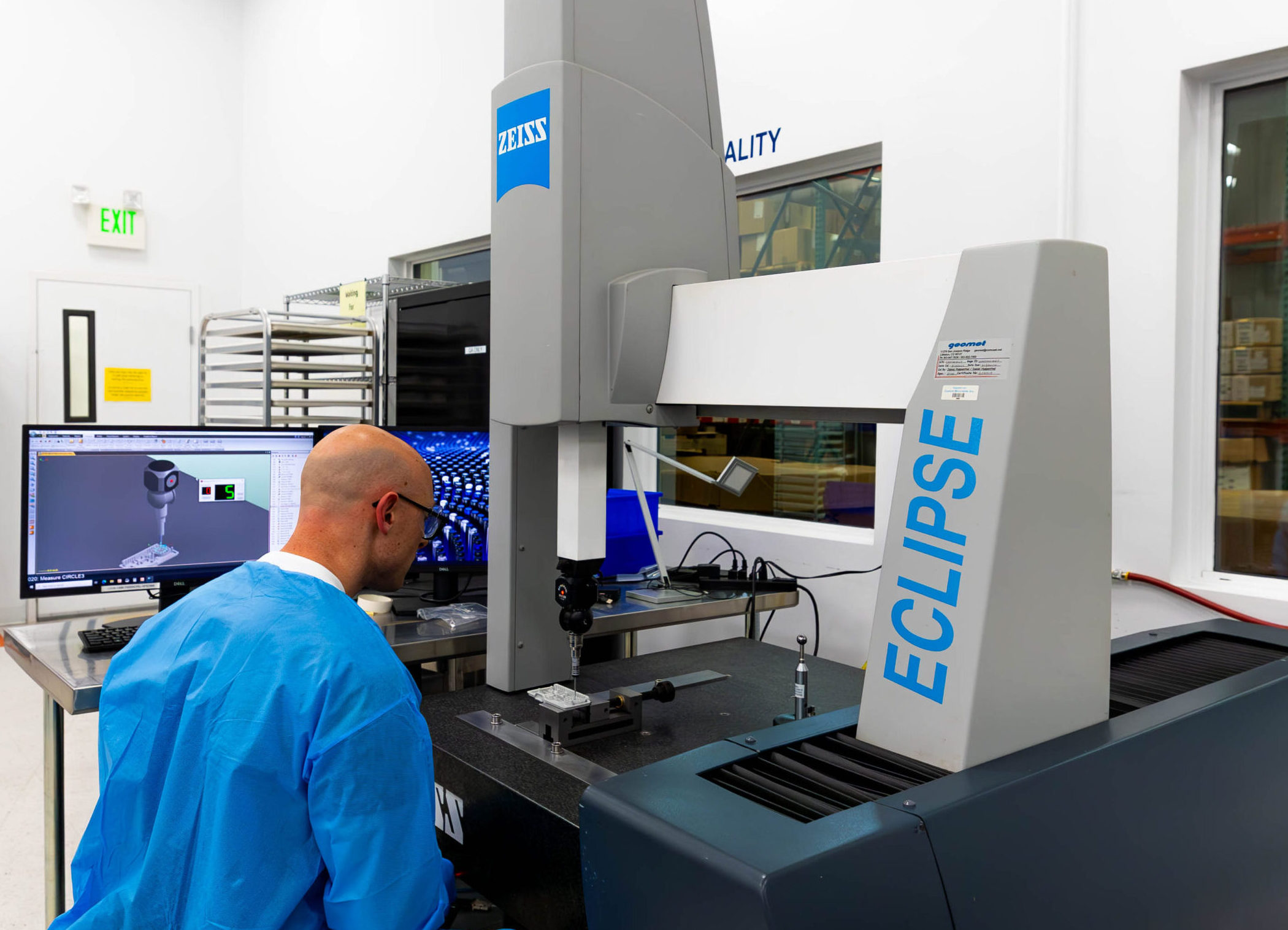Validation and Ensuring Regulatory Requirements are Met
Discover insights on tackling manufacturing challenges and explore effective strategies to overcome these obstacles and optimize your production processes for success.
ViewInsert molding is a highly versatile and efficient manufacturing process that combines metal or plastic inserts with molded plastic parts in a single operation. This technique is widely used to enhance the functionality, strength, and aesthetic of various components. During the insert molding process, pre-formed inserts—such as metal pins, bushings, or other components—are placed into a mold cavity. Molten plastic is then injected into the mold, encapsulating the inserts and forming a cohesive unit. This not only streamlines production by reducing assembly steps but also ensures a strong bond between the insert and the molded part, resulting in improved durability and performance.
Insert molding is particularly beneficial for applications requiring complex parts with multiple functionalities or those subjected to high stress and wear. By integrating inserts directly into the molding process, manufacturers can achieve precise alignment and consistent quality while minimizing the need for secondary operations. This method is commonly employed in industries such as automotive, electronics, and medical devices, where reliability and precision are paramount. With its ability to produce high-quality, cost-effective components, insert molding is a key technology in advancing the capabilities of modern manufacturing.
Insert molding offers several benefits, including:
At Relucent, material versatility and precision craftsmanship come together to drive innovation in plastic injection molding. We understand that every project has unique requirements, which is why we work with an extensive range of high-quality plastics to deliver tailored solutions for diverse applications. From durable engineering-grade resins to specialty polymers designed for specific strength, flexibility, or resistance properties, our team combines industry expertise with cutting-edge technology to ensure the right material fit for your product. With our material selection guidance and commitment to quality, you’ll find that Relucent has the expertise to bring your vision to life, every step of the way.

As a Japanese-owned company, we embrace the principles of precision, excellence, and continuous improvement that are deeply rooted in our heritage. Quality is more than a standard—it’s a promise we uphold in every part we produce. We take immense pride in delivering top-notch products that meet and exceed expectations, ensuring reliability and excellence for our customers every time.

Discover insights on tackling manufacturing challenges and explore effective strategies to overcome these obstacles and optimize your production processes for success.
Discover insights on tackling manufacturing challenges and explore effective strategies to overcome these obstacles and optimize your production processes for success.
ViewDiscover insights on tackling manufacturing challenges and explore effective strategies to overcome these obstacles and optimize your production processes for success.
ViewDiscover insights on tackling manufacturing challenges and explore effective strategies to overcome these obstacles and optimize your production processes for success.
View